Tom Parker Bowles: This 90-year-old Italian restaurateur makes the world's best sorbet and granita
Descended from the thirst-slakers that cooled Arabian nights, sorbets are a beguiling way to embrace the colours and flavours of the season.
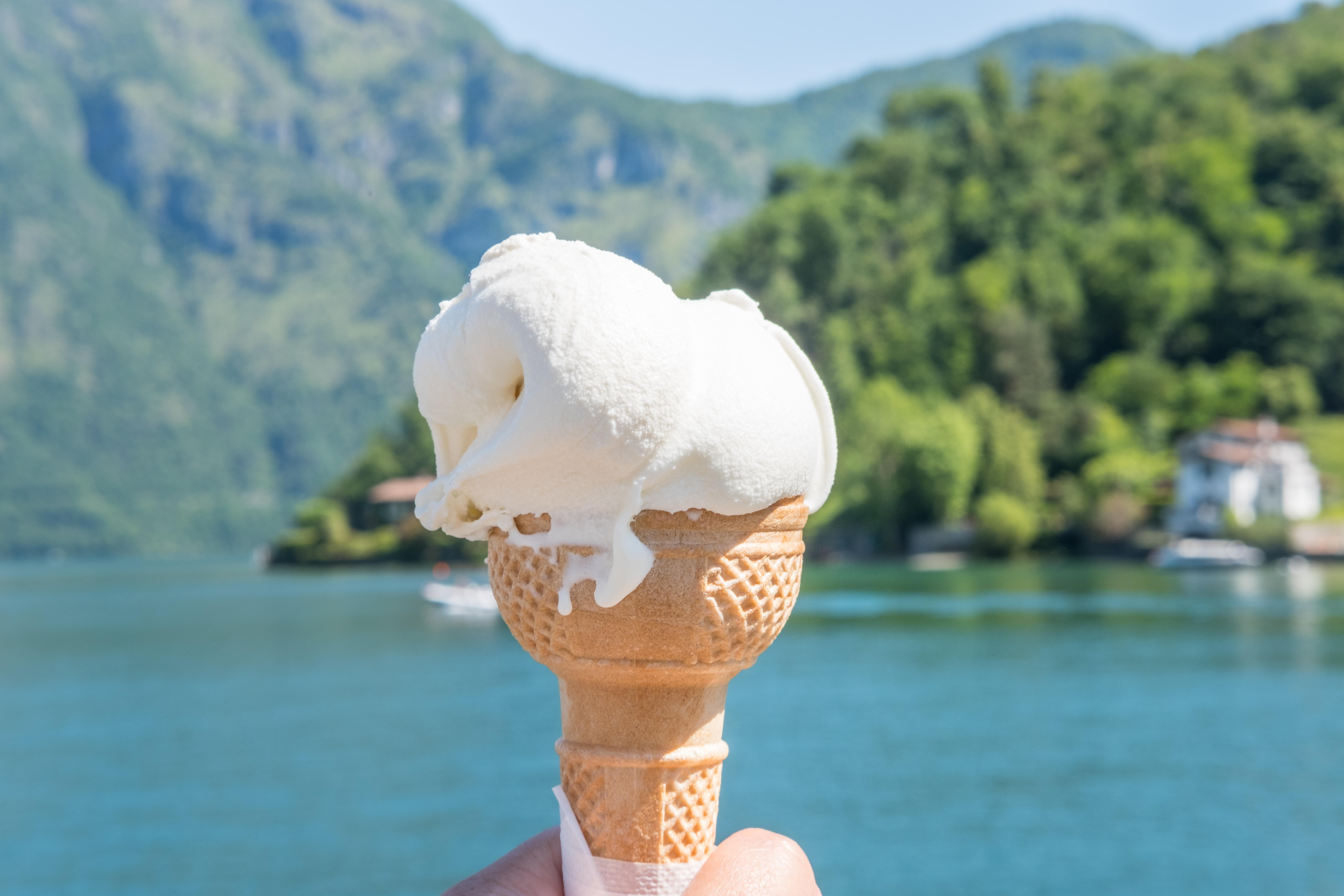

Da Alfredo is a small restaurant that sits on the seafront of Santa Marina on the small Aeolian island of Salina. There’s a large terrace, gazing out over the eternal azure of the Tyrrhenian Sea, towards Lipari and beyond. Alfredo, the eponymous owner, lean and leonine, is now in his nineties and sits in a chair by the door. He is king of all he surveys. You could order pane cunzato, or ‘dressed bread’, that Sicilian open sandwich topped with anything from olive oil and herbs to tuna, anchovies, aubergine and capers. They’re very good indeed, but really, Alfredo is all about the granita, quite possibly the finest you’ll ever taste.
Made fresh every morning from only ice, sugar and various local flavourings, Alfredo’s granite are less watery than other inferior also-rans, less cloyingly sweet, and more intensely, gloriously granular. They crackle and crunch between the teeth, delivering a moment of brain freeze, then a short gasp of shock, before the senses are overwhelmed with pure frosty delight.
In the morning, you could munch your coffee granita piled into a warm, fresh-baked brioche bun, as the locals do. But I like to stop here after a long lunch at Porto Bello, just up the coast in Lingua, and buy at least three different flavours. Always gelsi, or mulberry, made from local berries, stained a deep, dark magenta, the flavour fleeting and subtle. Then lemon, gently tart and splendidly refreshing, and peach, mellow, buxom and heaven scented. The problem is the agony of choice: melon, blood orange and fig, and hell, while I’m here, strawberry and chocolate, too. At Da Alfredo, ice is turned into high art, the sub-zero expression of the fruit’s very soul.
Although the Sicilian granita is a little more coarse than the smoothly refined French sorbet, they’re all part of the same water-ice family, appearing in Europe some time towards the latter half of the 17th century. France, Italy and Spain will all claim ownership, although it seems that China perfected this art, many centuries before. Despite stories to the contrary, however, it most certainly wasn’t Marco Polo, that globe-trotting teller of tall tales, who introduced it back to Venice in the 13th century. Pure culinary myth, albeit a romantic one.
Sorbets and granite are both descendants of the Arabian sherbet, surely one of the most beguiling words in the English language, conjuring up images of fat pashas lying resplendent on silk pillows, their fingers heavy with bejewelled rings, sipping cool sharabs, cold sweetened drinks, under a shady bower, to the tinkle and splash of finely tiled fountains. Served between courses at lavish banquets, they were also sold on the street, carried in giant flasks, held together by leather straps and balanced on the hawker’s shoulders. ‘The flasks glowed with brilliantly seductive colours,’ remembers food writer Claudia Roden of her childhood in Egypt. ‘Soft, pale sugary pink for rosewater; pale green for violet juice; warm, rich, dark tamarind… as they went through the street, the vendors chanted their traditional, irresistible calls of “Arasous” and “Tamarhindi!”, accompanied by the tinkling of little bells, and the clanking of the metal cups which they carried with them.’
Sharabs developed phonetically into sharbat, which, when it entered Italian cuisine, became sorbetto, sorbet in French and Spanish sorbete. Quite when the drinkable ice became the edible sorbet is not clear, but the great Sicilian granita can be both sipped and eaten with a spoon. And although granite are made with only frozen fruit, blended with sugar and water (for a finer texture, use an ice-cream machine), sorbets require the addition of a stabiliser, be it arrowroot, cornflour or locust bean gum powder. That’s what gives the sorbet that all important tight, close texture. The key to both is the very ripest, most fragrant fruit. Even the very finest, however, struggle to match that first bite of Alfredo’s iced magic—but then again, nothing ever does.
Lemon sorbet
This recipe comes from Jacob Kenedy’s Gelupo Gelato, the cookbook from his rather lovely London ice-cream parlour. The sorbet syrup is the base and you can adapt this recipe to any fruit you like, from orange and lime, to blackberry, apricot, melon, peach and pear.
Exquisite houses, the beauty of Nature, and how to get the most from your life, straight to your inbox.
Ingredients
Makes about one litre/15 scoops
For the sorbet syrup (yields 400ml)
125g granulated or caster sugar
Stabiliser: 1 level tspn locust bean gum powder; or 2tbspn starch (arrowroot or cornflour)
225ml water
50g glucose (dextrose) syrup or powder, or light runny honey
For the lemon gelato
250ml freshly squeezed lemon juice (about 5 lemons, depending on juiciness)
80g caster sugar
300ml water
Method
- To make the sorbet syrup, in a small bowl, stir the sugar and stabiliser powder together thoroughly
- In a saucepan, heat the water and the glucose or runny honey gently to bring just to the boil
- Pour the contents of the bowl into the saucepan in a steady stream, stirring all the time with a whisk. Bring back to just boiling, then remove from the heat
- Leave the syrup to cool until tepid before using. (It will keep for up to a week in the fridge)
- To make the lemon gelato, blend together the lemon juice, sugar, water and the sorbet syrup. Strain through a sieve into a bowl (discard the contents of the sieve). Transfer the mixture to an ice-cream machine and churn until fully firm
- Before serving, put the lemon gelato in the freezer for half an hour or so to firm up. If it’s been stored in the freezer for longer and is too firm, allow it to soften in the fridge until scoopable
This feature originally appeared in the April 30, 2025, issue of Country Life. Click here for more information on how to subscribe
Tom Parker Bowles is food writer, critic and regular contributor to Country Life.
-
 Suit yourself: I’m a 49 year-old man-about-town and I’ve never owned a suit
Suit yourself: I’m a 49 year-old man-about-town and I’ve never owned a suitWhen Hugh Smithson-Wright turned up to Country Life's annual Gentleman's Life party sans suit, it sparked a passionate conversation about why the formal fashion just isn't for everyone.
-
 'The ugliness and craziness is a part of its charm': The Country Life guide to Bangkok
'The ugliness and craziness is a part of its charm': The Country Life guide to BangkokWhere to stay, where to eat and what to do in the Thai capital.
-
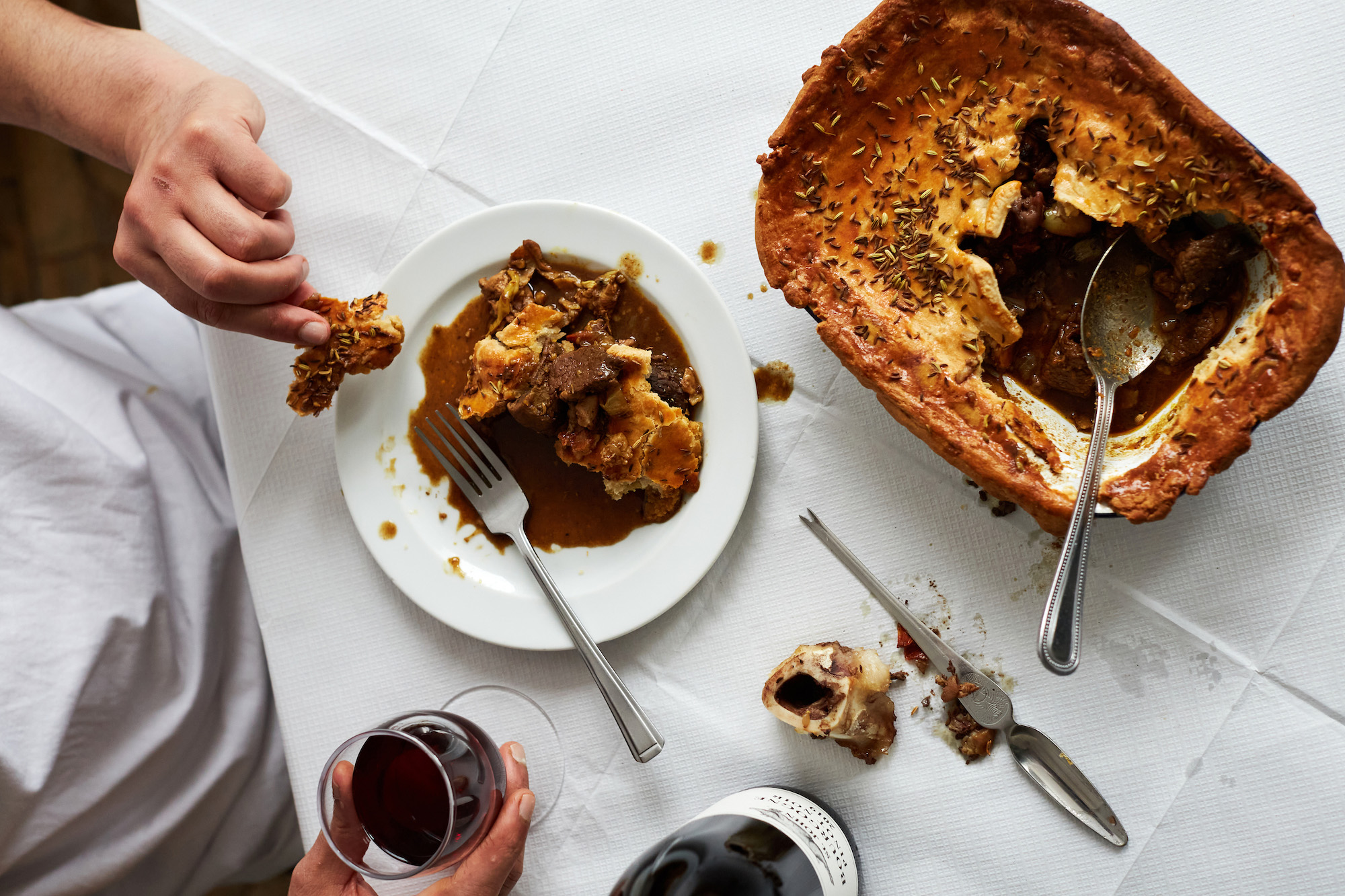 ‘Calf’s brains have a bland, gentle richness that soothes and cossets': Tom Parker Bowles on the joys of eating offal
‘Calf’s brains have a bland, gentle richness that soothes and cossets': Tom Parker Bowles on the joys of eating offalEating offal it is more sinned against than sinning, but it offers the ultimate in magnificent, fully immersive eating.
-
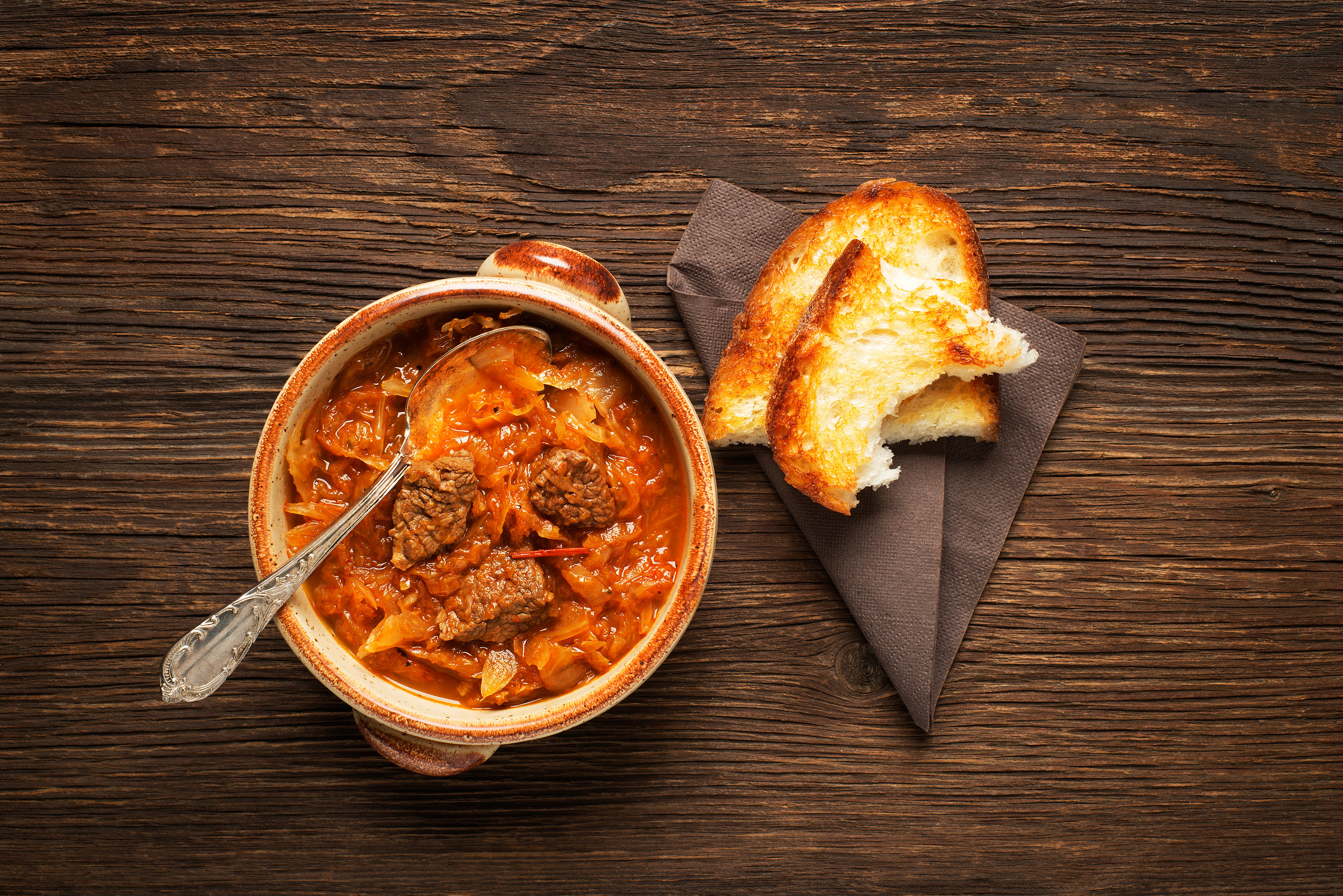 A paprika-spiked goulash recipe to keep you warm as the nights draw in
A paprika-spiked goulash recipe to keep you warm as the nights draw inThe classifications of the Eastern European country’s rustic, paprika-spiked gulyás stews are as multitudinous as they are delicious, proclaims Tom Parker Bowles.
-
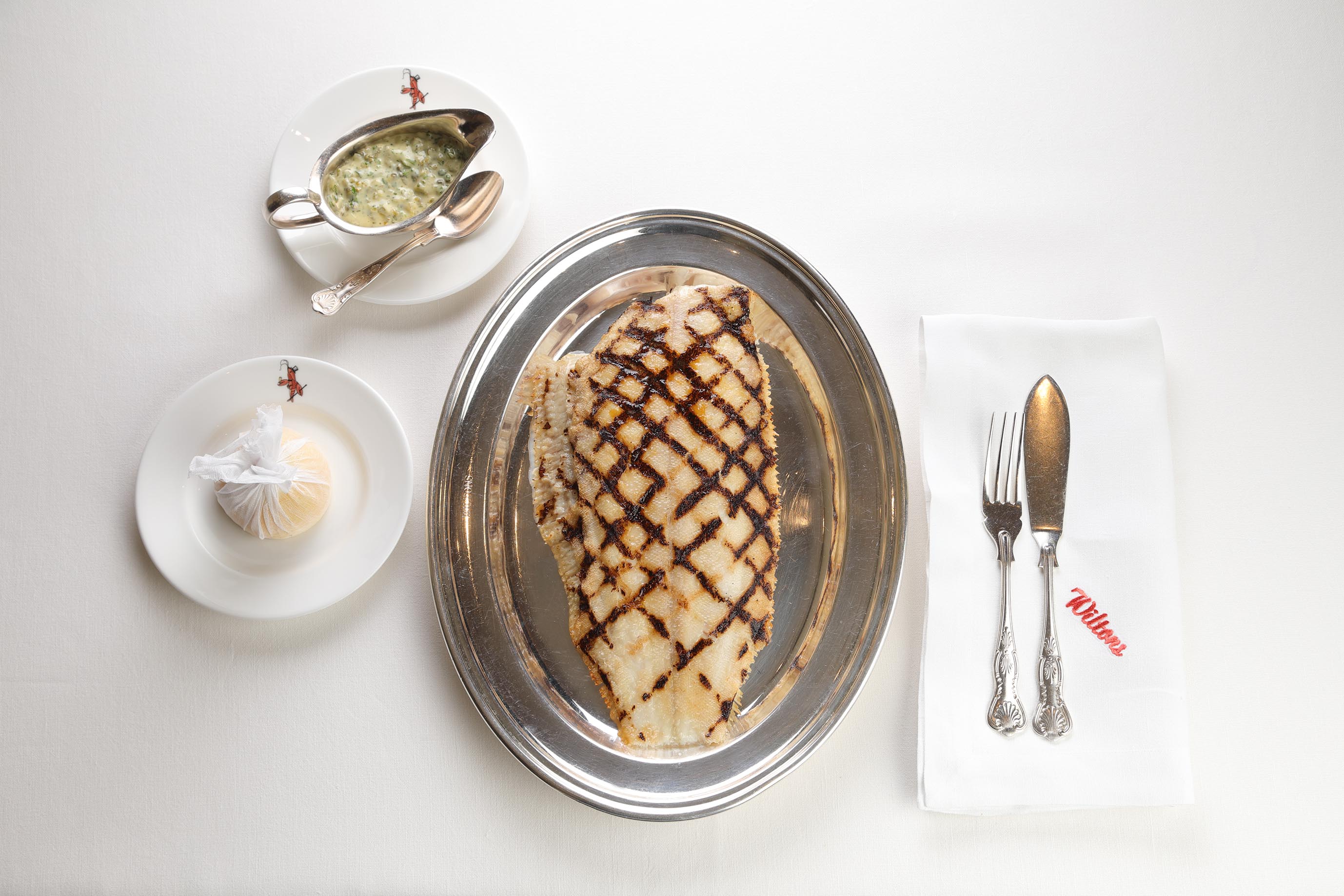 What is everyone talking about this week: Is the Golden Age of fine dining over?
What is everyone talking about this week: Is the Golden Age of fine dining over?It currently costs a restaurant around £35 to procure a Dover sole, but they cannot list said fish for anymore than £45. So, does the current financial climate spell an end to fine dining?
-
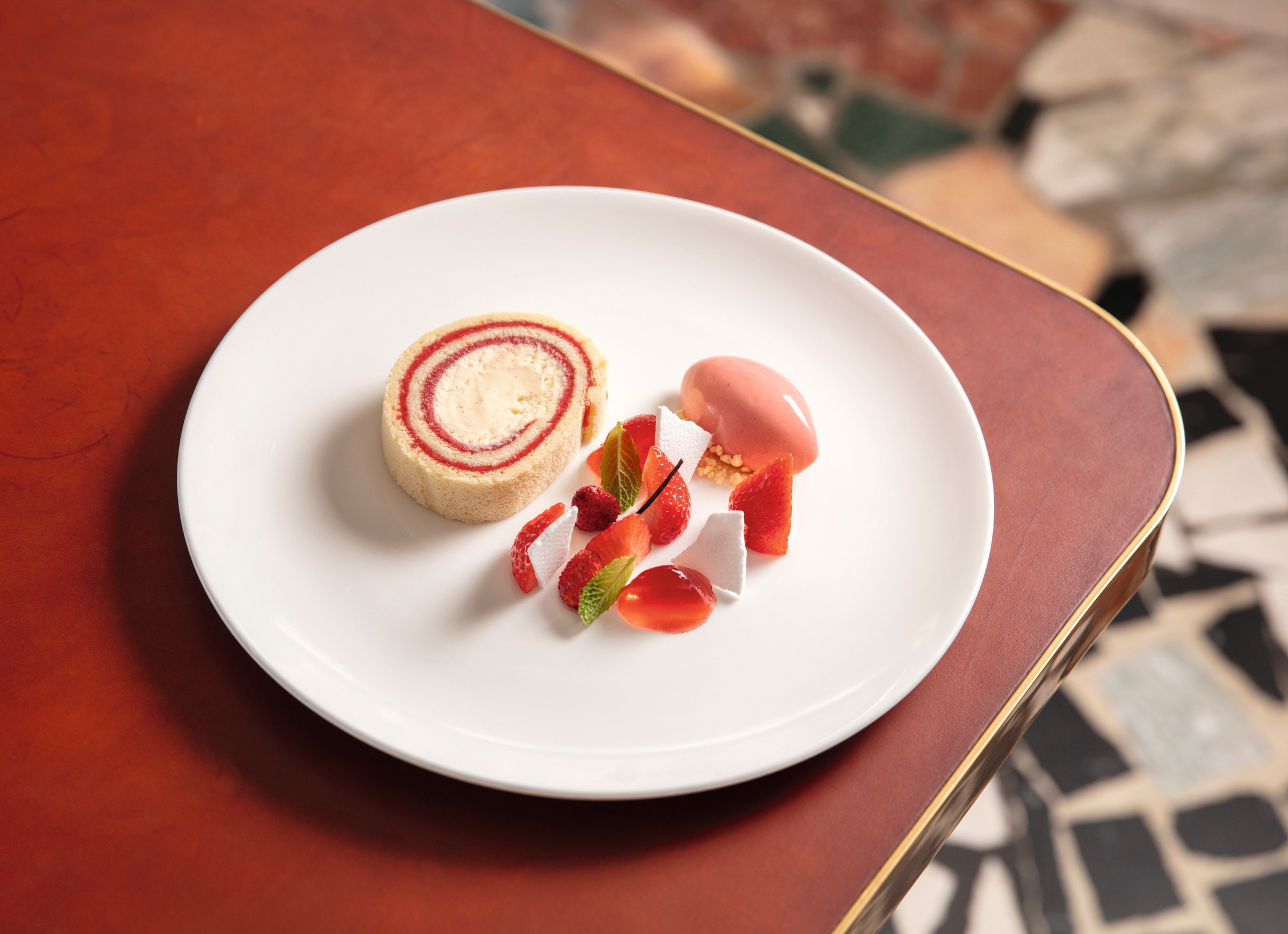 No more froths, no more foams, no more tweezers. Classic dining is making a comeback. Thank god
No more froths, no more foams, no more tweezers. Classic dining is making a comeback. Thank godFrom prawn cocktail and Arctic roll to starched tablecloths and ‘nicotine cream’ on the walls, it’s out with the new and in with the old in the restaurant world
-
 A vineyard for sale on the slopes above 'the best beach in Britain' is for sale at just £650,000
A vineyard for sale on the slopes above 'the best beach in Britain' is for sale at just £650,000In the beautifully unspoilt Devon village of Bantham, an award-winning vineyard is for sale. Toby Keel takes a look.
-
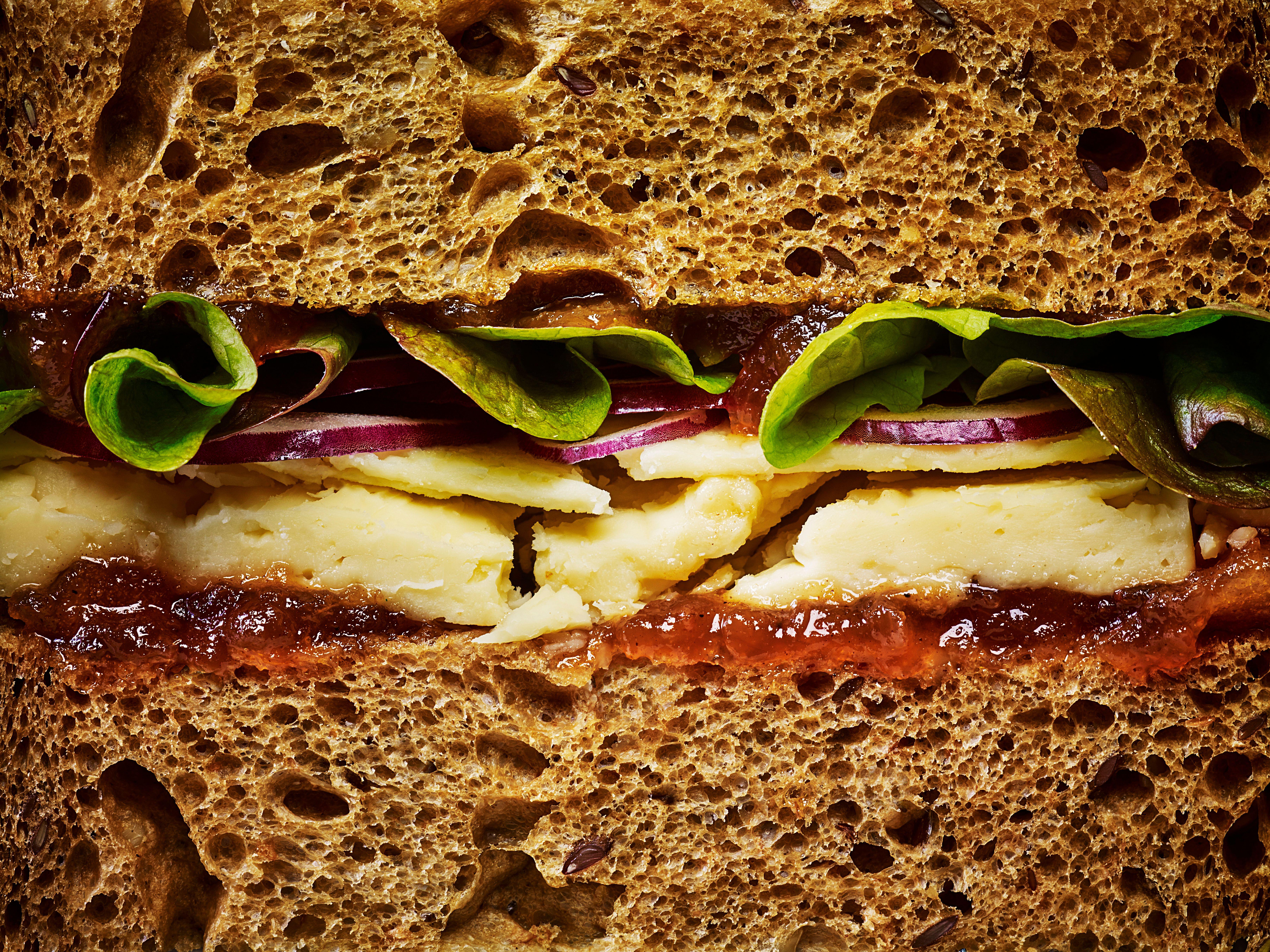 The nine best sandwiches in London, tried, tested and digested
The nine best sandwiches in London, tried, tested and digestedThe sandwich is back and it's bigger and better than ever. David Ellis reveals where to find the best ones in London.
-
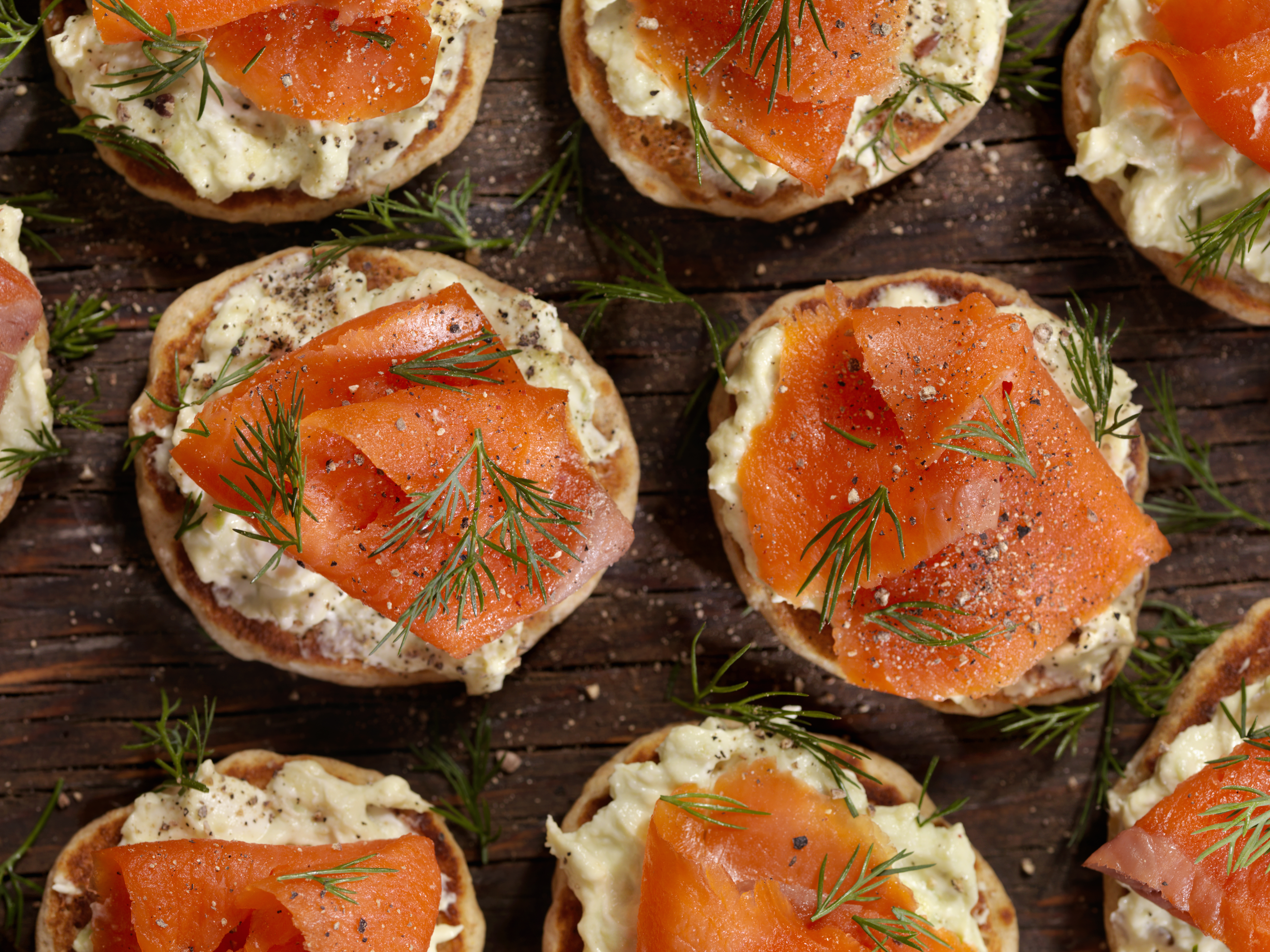 'Someone once proffered a tray and said to me: "Would you like an eat?" I’m not sure I’ve ever seen that person again': A snob's guide to canapés
'Someone once proffered a tray and said to me: "Would you like an eat?" I’m not sure I’ve ever seen that person again': A snob's guide to canapésTeeny, tiny food can throw up some big problems, says our modern etiquette columnist.
-
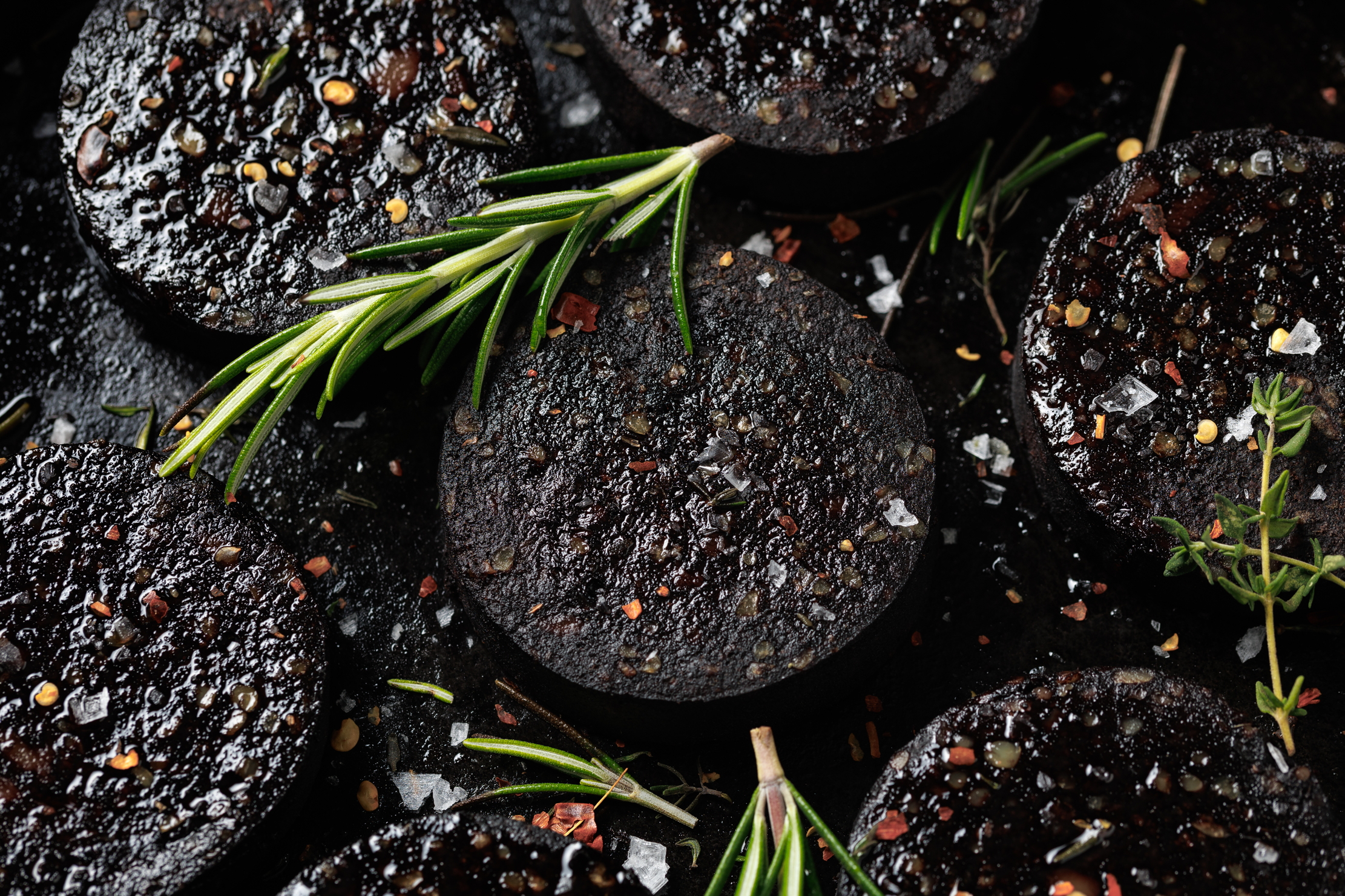 Made with porpoise blood, eaten with beaver tail: The not-so-normal history of the black pudding
Made with porpoise blood, eaten with beaver tail: The not-so-normal history of the black puddingAncient, but still popular, both very global and very local, much loved and at one point fiercely disdained. Bound up within the beloved black pudding there’s so much culture, so much history, and so many stories.
